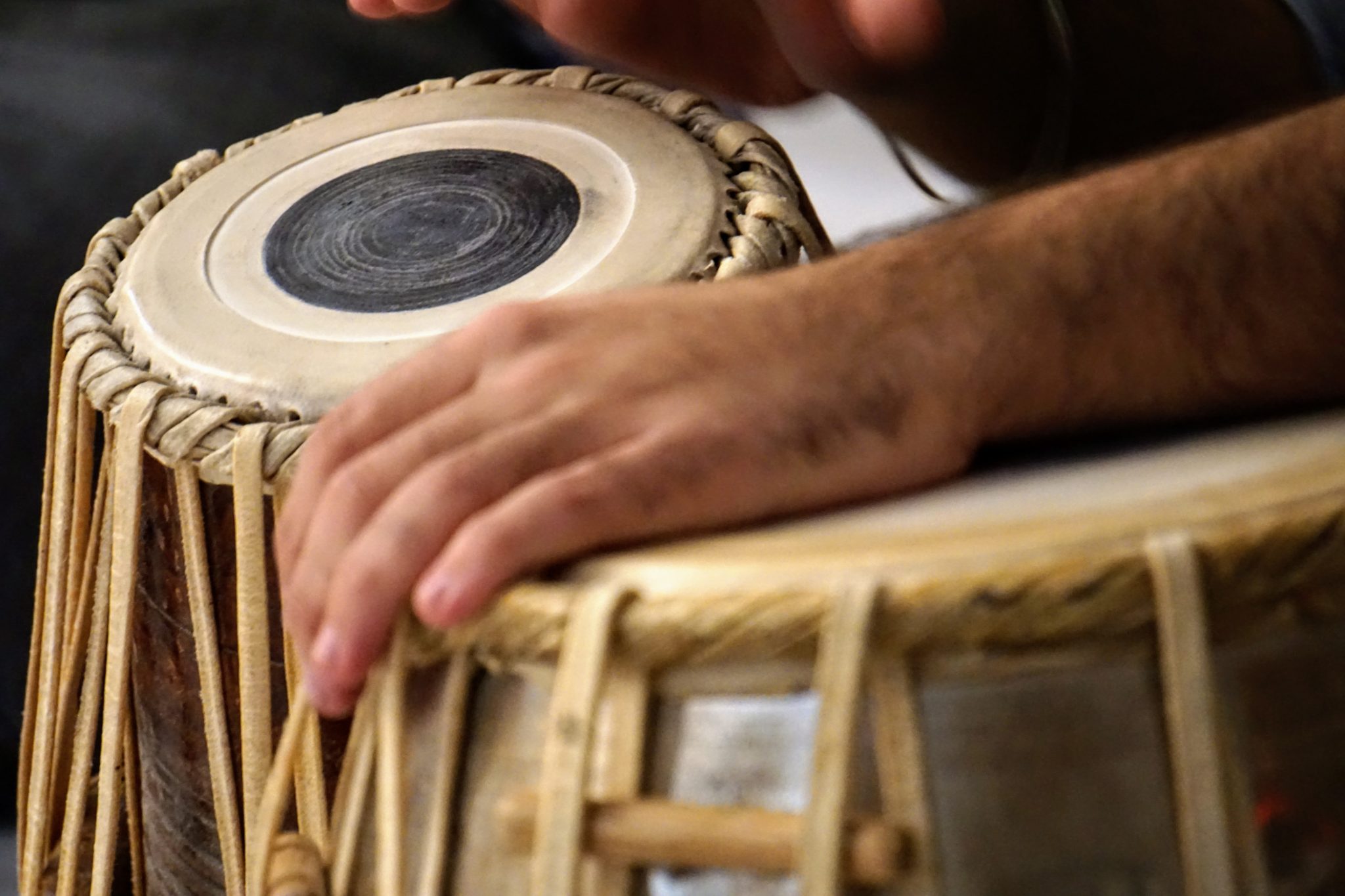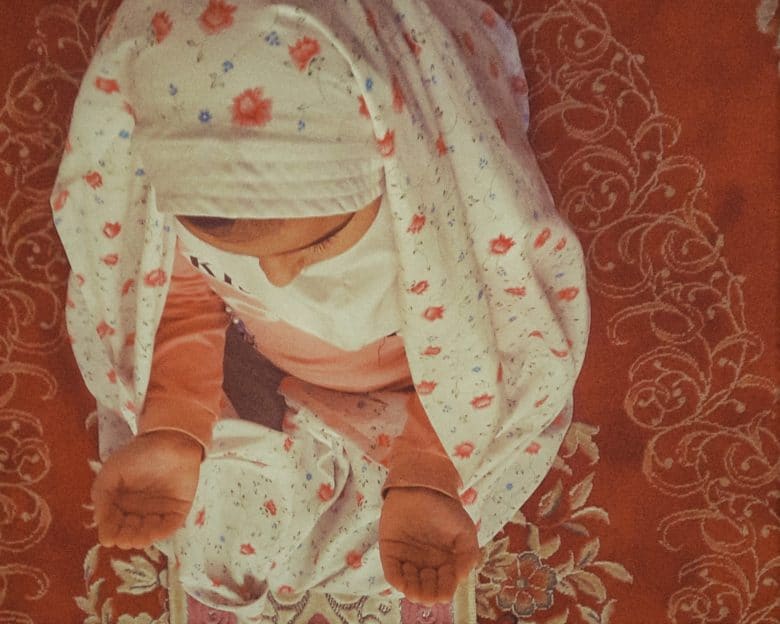“How does worship work in a DMM?” she asked in the chat. My trainee is a gifted worship leader. Would a Disciple Making Movement approach make room for her gifts? The answer is yes, but it looks different than in a traditional (legacy) church.
Worship is vital to our spiritual life. Through worship, we grow close to Jesus, experience His presence, and gaze on His beauty. There, we are transformed. Every disciple must grow as an active worshipper.
Our understanding of worship, needs to grow beyond something that happens in a church building. It doesn’t need a sound system or gifted musicians leading a congregation. We need a more Biblical understanding of worship, and a more reproducible model.
Perspectives on John 4
Yesterday, I was doing a Discovery Bible Study with a relatively new believer. We happened to be studying John chapter four. It’s the story of the woman at the well.
As we processed this story, I took note of the insights my friend, reading the story for the very first time, gave. “It doesn’t matter where we worship now that Jesus has come. We don’t have to go to a particular place. What is important is that we worship Jesus from our heart, not only in a certain format.”
Her action step? “I want to set a time each day to be quiet and listen to God. I will worship Him every day this week.”
“God is spirit, and His worshipers must worship in the Spirit and in truth.”
John 4:24 NIV.
We need to be clear about the meaning of worship. As Jesus said to the woman at the well, it is not about going to a particular place. Not Jerusalem, or a mountain, or a church building. Worship has to do with our spirit connecting with God in true adoration, love, and praise. This happens individually and corporately. Both are important.
Now that we are clear on that, let’s return to my student’s question.
What Can Worship Look Like in a Disciple Making Movement?
1. Worship through thanksgiving.
One of the most common ways worship is included in DMMs is by starting the disciple making meeting with thanksgiving. Each person expresses what they are thankful for. We worship God by acknowledging His goodness in our lives and giving thanks to Him. These expressions of thanksgiving are followed by a short prayer to thank God for what He has done in our lives during the past week.
2. Non-Musical worship
Many Disciple Making groups meet in public places such as coffee shops. There, singing is not easy to do without creating a disturbance. In these locations, encourage the use of non-musical worship.
One example of non-musical worship is to have a leader repeat a verse from the Bible such as “Give thanks to the Lord our God and King, His love endures forever.” Then, each person adds something to that. It goes like this.
- Leader: Give thanks to the Lord, our God, and King, His love endures forever.
- Participant 1: I am thankful for His kindness to me this week.
- Leader: Give thanks to the Lord, our God, and King, His love endures forever.
- Participant 2: I am thankful for His provision in my life.
- Leader: Give thanks to the Lord, our God, and King, His love endures forever.
- Participant 3: I am thankful that He forgave my sins.
You continue with this until each person has shared something they praise God for.
There are many variations of this you can use for non-musical worship.
3. Indigenous styles of worship.
For groups that meet in homes, rather than public places, encourage indigenous expressions of worship. Remember, one of the key characteristics of multiplying movements? They are indigenous (of the local people).
Rather than bringing in outside worship styles, use local instruments. Practice styles of worship that feel natural to everyone.
For people from a Hindu background, this may be to sing or play a quiet bhajan. People from Buddhist backgrounds are often more attracted to a simple chant than to Western-style songs. You can even use a chant from Buddhist or Hindu worship and change the words to ones that honor Jesus instead.
Take note of indigenous pop music. For example, in Asia, K-pop is well-liked. Can you adapt your worship to their style?
Muslims don’t typically worship in Western ways (guitars and praise songs). They do raise hands, or bow down and place their heads on the floor in honor of God. Why not try adapting some of these forms and prayer postures as you worship together with those from those backgrounds?
The form is not evil. It is neutral and can be adapted and used to glorify God.
My guideline in this is to help people worship in the way that is most natural for them, and comes most easily. Think carefully about reproducibility. Indigenous forms will multiply and attract people. They will resonate at a heart level.
A Bhajan Touches the Heart
I was teaching in a School of Frontier Missions in Nepal. As an experiment, we worshipped using a chant similar to how they worship in Hindu temples. At the end, I cried out, “Bholo, Prabhu Yesu Kristko Jai!” (Shout with me- Jesus Christ is Lord!) They responded with a shout “Jai!”(Hail to Jesus) right hand raised in the air as is common in India when shouting this phrase at a rally.
For those who had been a Christian for a long time, or born in the church, this felt strange! They experienced inner conflict in trying this. For those from a Hindu background, especially high-castes, it resonated with them deeply.

Most Western worship requires gifted musicians who practice ahead of time. Avoid this kind of worship in a DMM. Instead, use things that are locally available and don’t require preparation time. A simple song, using a commonly played drum or cymbals is much more effective and will easily be passed on to other groups that form.
4. Celebration worship
DMMs sometimes have celebration worship. Several house groups in the movement gather together. In those cases, it is appropriate for the most gifted musicians in the movement to practice and prepare ahead of time.
We don’t recommend you do this every week, nor in a rented building. Otherwise, it is too easy to begin to think of that as “real church” and what happens in the groups as only a Bible study.
It is exciting for the movement to occasionally meet for celebration on special occasions such as Easter or Christmas. This depends on your security situation and restrictions in the nation you are in.
Celebration gatherings are times when your indigenous songs can be taught to all. Your local musicians can shine! There is something wonderful (and very Biblical) about times of corporate gathering for worship. The Holy Spirit comes, and God’s presence is felt in unique and powerful ways.
5. Victor’s definition of worship as bringing an offering of souls to Christ.
Lastly, I must add V. Chaudhrie’s definition of worship. This Indian movement leader teaches that the greatest act of worship we can bring is when we offer up to God the souls we have led to Christ. They are the gifts we bring as acts of worship. I agree with this. As we lead people to Christ and present them to Him, He receives our sacrifice of praise.
Worship in Disciple Making Movements is different from what we see in a traditional (legacy) church. It is no less vital.
In fact, it is one of the things that drive movements forward. Training every disciple to be a worshipper in spirit and in truth is a critical part of teaching them to obey Christ’s commands.
How will you train new disciples to worship?




Comments
Okay,am passionate to learned from you and to share from you am part and parcel of Christ body willing to be expansive in skills to reach all.